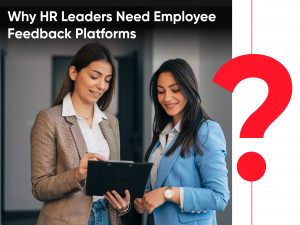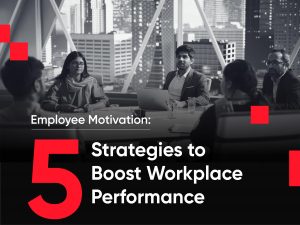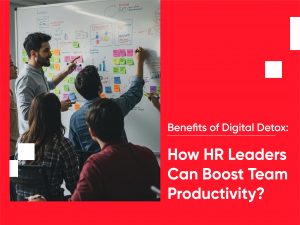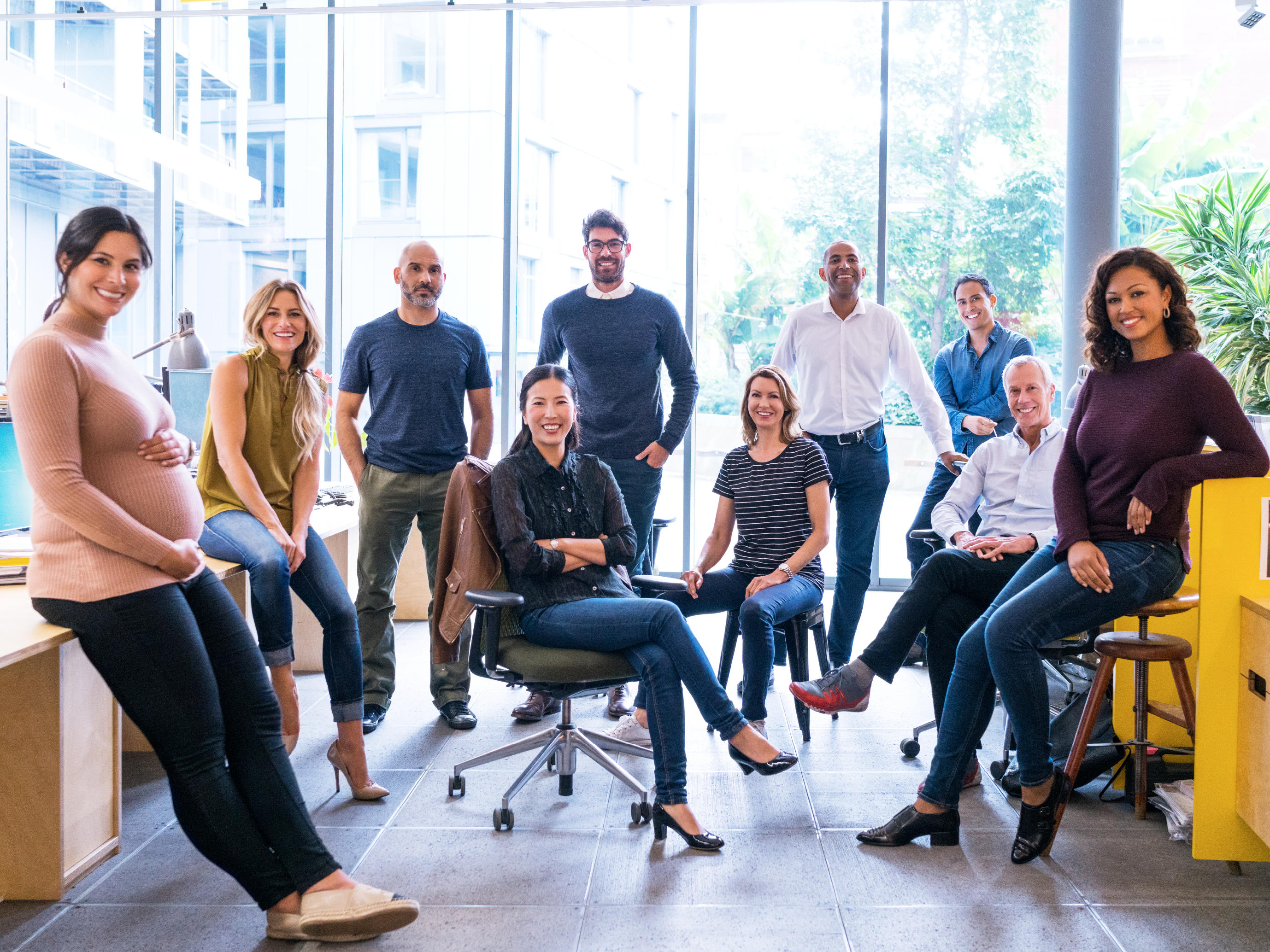Reading Time: 6 minutes
The symbiotic interaction between humans and artificial intelligence (AI) is changing the fundamental components of corporate culture in the quickly changing modern workplace. The integration of AI technologies has ushered in a new era where the coexistence of workers and workplace AI is not just a possibility but a necessity for staying competitive. In this blog post, we’ll explore how AI can enrich our understanding of organizational culture, delve into the impact of AI on company culture, and highlight the cultural benefits of embracing artificial intelligence in the enterprise.
Decoding the Dynamics: Worker and Workplace Artificial Intelligence Coexistence
The convergence of human intelligence with AI brings forth a paradigm shift in how we work. AI is becoming more and more of a collaborative partner, increasing production and efficiency, in contrast to the concern that it will replace jobs. The key lies in understanding the nuanced dance between workers and workplace AI, acknowledging the strengths of each, and leveraging them to create a harmonious work environment.
As workers and AI collaborate, it is essential to recognize the unique capabilities each brings to the table. While AI excels in data processing, pattern recognition, and repetitive tasks, humans contribute creativity, emotional intelligence, and critical thinking. A workplace where both entities complement one another and drive productivity and innovation to new heights depends on finding the proper balance.
How Can AI Enrich Our Understanding of Organizational Culture?
Organizational culture, the invisible force shaping the behaviors and attitudes within a company, is deeply intertwined with the introduction of AI. Leveraging AI to understand and enhance organizational culture can be a game-changer. AI analytics can sift through vast amounts of data to identify patterns, providing valuable insights into the dynamics at play.
Effective use of AI goes beyond mere automation. It improves collective learning by analyzing data on employee interactions, preferences, and performance. It clarifies responsibilities by streamlining processes and ensuring accountability. AI affects collaboration positively by identifying opportunities for cross-functional cooperation. Additionally, automating repetitive operations raises staff morale and frees up time for more demanding and meaningful work.
Innovating with AI not only boosts competitiveness but also enables organizations to reassess key assumptions, set new objectives, and realign behaviors. The integration of AI into organizational culture is not about replacing human elements but amplifying them, creating a culture of continuous improvement and adaptability.
The Impact Of AI On Company Culture
The introduction of AI into the workplace inevitably influences company culture. Organizations that embrace AI technologies experience a cultural shift marked by adaptability, innovation, and a focus on continuous learning. The MIT SMR-BCG report underscores the positive impact of AI on company culture, emphasizing its role in shaping a workplace conducive to growth and development.
A culture of inquiry and discovery arises when AI becomes a crucial component of day-to-day operations. Employees become more open to learning and experimenting with new technologies, driving a collective pursuit of knowledge. This shift towards a learning-centric culture not only enhances individual skills but also fosters a sense of community and shared purpose within the organization.
The effective use of AI also brings about a heightened sense of responsibility and accountability. AI makes responsibilities more clear and streamlines processes, giving workers more freedom to own their work. This newfound clarity in responsibilities cultivates a culture of trust and reliability, essential components for a thriving workplace.
Collaboration, a cornerstone of organizational success, is enhanced through the integration of AI. Artificial Intelligence dismantles organizational silos and promotes a culture of teamwork by finding synergies and enabling cross-functional communication. The result is a more cohesive and agile organization, ready to tackle challenges and capitalize on opportunities in the rapidly changing business landscape.
Artificial Intelligence’s Cultural Benefits for Businesses
The cultural benefits of effective AI use are manifold. The following aspects highlight the transformative power of AI in shaping organizational culture:
1. AI’s Proficient Use Enhances Collective Learning Experiences
AI-driven analytics enable organizations to gather and interpret vast amounts of data, uncovering valuable insights. By harnessing this collective intelligence, employees can continuously learn and adapt, fostering a culture of knowledge-sharing and growth.
2. AI’s Optimal Utilization Brings Clarity to Roles and Responsibilities.
One of the significant challenges in any organization is the ambiguity surrounding roles and responsibilities. AI brings clarity by automating routine tasks, allowing employees to focus on their core responsibilities. This clarity not only improves efficiency but also establishes a culture of accountability.
3. AI’s Efficient Use Impacts and Enhances Collaborative Efforts.
AI acts as a catalyst for collaboration by identifying opportunities for teams to work together more effectively. Through data-driven insights, organizations can break down silos and encourage cross-functional collaboration, leading to a more integrated and cooperative culture.
4. Effective Implementation of AI Boosts Overall Team Motivation and Satisfaction.
AI enables workers to focus on more challenging and significant areas of their work by automating monotonous and repetitive chores. This not only boosts morale but also contributes to a positive and motivated workplace culture.
5. AI-Driven Innovation Enhances Competitive Edge and Market Positioning.
Organizations that embrace AI for innovation gain a competitive edge. AI enables businesses to explore new possibilities, experiment with novel ideas, and stay ahead in a rapidly evolving market. This innovation-driven culture is crucial for long-term competitiveness.
6. AI Application for Reassessing Assumptions, Setting Objectives, and Realigning Behaviors
AI’s analytical capabilities provide organizations with the tools to reassess their strategies, challenge assumptions, and set new objectives. This continuous cycle of improvement fosters a culture of adaptability and resilience, positioning the organization for long-term success.
5 Mistakes That Undermine Employee Trust in an AI-Powered Workplace
While the integration of AI brings numerous benefits, certain pitfalls can erode employee trust. Building a supportive and diverse AI-powered workplace requires acknowledging and resolving these issues. Let’s explore five common mistakes that can undermine employee trust:
1. Assuming Employees and Consumers Already Trust You
Trust is not automatic, and assuming it can lead to complacency. Companies need to take proactive measures to establish and preserve trust by answering queries, being open and honest about their AI activities, and showcasing how AI benefits both customers and workers.
2. Underestimating the Change Management Process
The introduction of AI often involves significant changes in processes and workflows. Underestimating the impact of these changes can create confusion and resistance among employees. To ensure a seamless and happy transition for staff members, a strong change management strategy is necessary.
3. Overlooking the Risks When Moving Fast
The rapid implementation of AI without thorough risk assessment can lead to unintended consequences. From biased algorithms to security vulnerabilities, overlooking risks can damage both employee trust and the organization’s reputation. A careful and measured approach to AI implementation is crucial to mitigate potential risks.
4. Failing to Consider Employee Concerns
Employees may harbor concerns about job security, job relevance, or ethical implications of AI. Failing to address these concerns can breed mistrust. To allay these worries, organizations should establish open lines of communication, pay attention to the opinions of their workers, and offer opportunities for professional development.
5. Losing Touch With Your Organization’s Purpose
Amidst the excitement of AI integration, organizations must not lose sight of their core values and purpose. Employees connect with a sense of purpose, and aligning AI initiatives with organizational values reinforces a positive company culture. The human-centric approach ensures that AI is a tool for enhancing, not replacing, the workforce.
Paving the Way for a Human-AI Synergy
In conclusion, the coexistence of workers and workplace AI is not just a technological evolution but a cultural transformation. AI has the potential to enrich our understanding of organizational culture, shape positive company cultures, and drive collective learning, innovation, and collaboration.
As organizations embrace AI, it is crucial to avoid the pitfalls that can undermine employee trust. By actively addressing concerns, communicating transparently, and aligning AI initiatives with organizational values, companies can foster a workplace where humans and AI thrive together. To learn more about AI’s revolutionary potential and the trends shaping the organizational culture in the IT industry, download our comprehensive India’s Best Workplaces in IT & IT-BPM 2023 report. Discover how effective AI use improves collective learning, clarifies responsibilities, enhances collaboration, boosts morale, and propels innovation. It’s time to navigate the future with confidence and embrace the limitless possibilities of a human-AI synergy.










